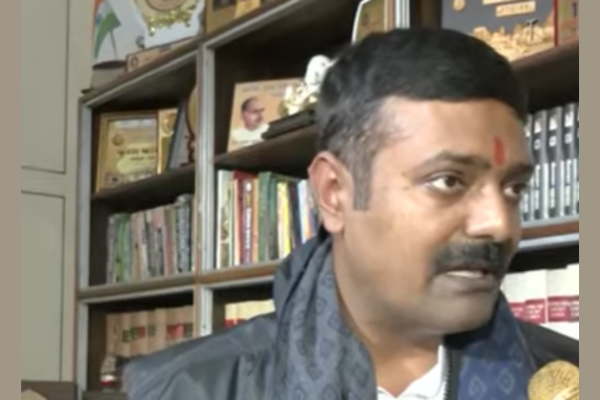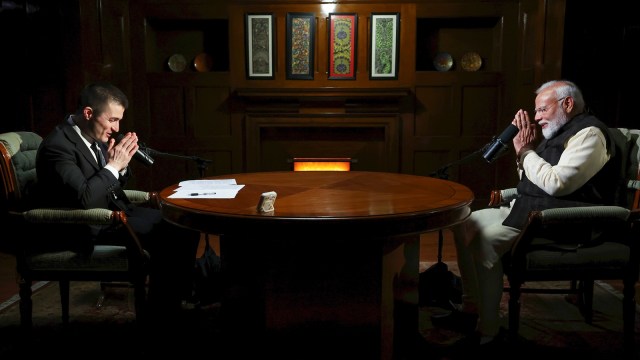Your text is almost clear but could use a bit of refinement. Here’s a slightly polished version:
In 1978, the town of Sambhal in Uttar Pradesh witnessed one of its darkest periods when communal riots broke out, fueled by growing tensions. What began as a minor dispute soon escalated into widespread violence, leaving a devastating impact on the region. The riots, which lasted for several days, resulted in the loss of 184 lives, the majority being members of the Hindu community. This violence not only caused immense grief but also permanently altered the demographic makeup of the area.
Decades later, a file related to the riots surfaced, shedding more light on the events that followed. A letter dated December 23, 1993, came to light, where the Special Secretary of the Justice Department in Uttar Pradesh instructed the District Magistrate to withdraw eight cases related to the riots. This decision, made during Mulayam Singh Yadav’s tenure, sparked intense political debate, with the BJP criticizing the Samajwadi Party (SP) for allegedly trying to shield those involved in the violence.
The withdrawal of these cases brought fresh attention to the events of 1978, stirring painful memories for the people of Sambhal. Many feel that this decision undermined justice for the victims and their families. The communal tensions of that era continue to shape political discourse in the region, keeping the impact of the riots fresh in the minds of many.
The legacy of the Sambhal riots is still felt today, with the town bearing the scars of the violence. Efforts to heal and restore peace have been ongoing, but the wounds remain deep. As new generations come to understand this painful chapter in history, discussions around accountability, justice, and reconciliation continue to take center stage in the region.



